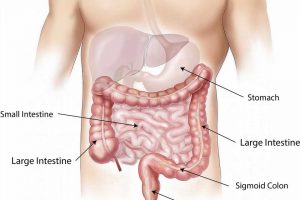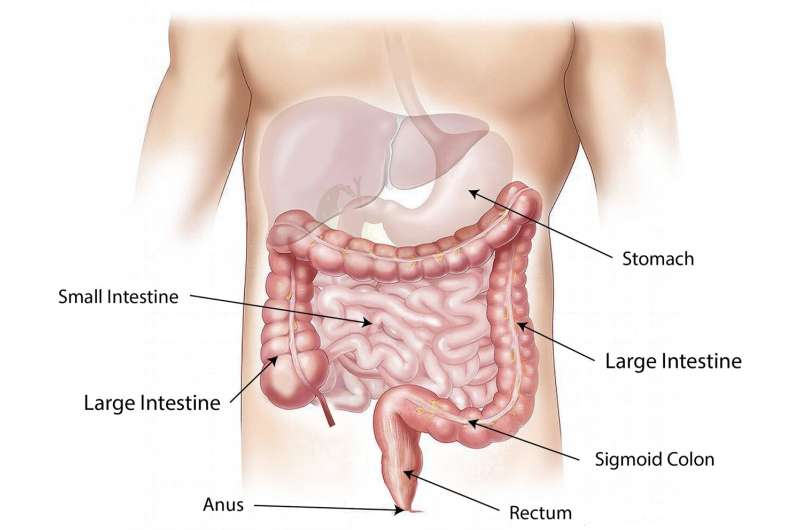New guidelines address treatment of anorectal abscess, anal fistula, and rectovaginal fistula


The American Society of Colon and Rectal Surgeons has issued updated guidelines for physicians, published in Diseases of the Colon & Rectum, about how to treat problems of the anus and rectum called anorectal abscess, anal fistula, and rectovaginal fistula.
The guidelines were prepared by a committee of expert colorectal surgeons led by Daniel L. Feingold, MD of Rutgers University. Committee members reviewed 267 medical and surgical studies and updated the guidelines that were previously published in 2016. The new guidelines address four topics, detailed below.
New Crohn’s Disease recommendations
Anal Fistula Associated with Crohn’s Disease—Crohn’s disease is a chronic condition that causes persistent inflammation of the gastrointestinal tract. Anorectal abscesses and anal fistulas are common in patients with Crohn’s disease and appear to result from penetrating inflammation rather than infection.
A new recommendation in the guidelines is that anal fistulas in Crohn’s disease should typically be treated with both surgery and drug therapy. The best-studied drugs are infliximab and adalimumab, which have powerful anti-inflammatory action. Surgery is usually followed by antibiotic therapy. The surgeon may place a draining seton, a piece of surgical thread or very small silicon drain that’s left in the fistula tract to help the fistula drain. Sometimes a seton is used for long-term disease control. In extreme circumstances, some patients with a severe anal fistula ultimately need to have part or all of the rectum removed, with permanent diversion of fecal matter into an ostomy bag.
A treatment for anal fistula that’s newly accepted in the guidelines is to administer stem cells to repair damaged tissue. This approach is not widely available; however, it’s been studied in patients with Crohn’s disease.
New treatment guidelines for anus and rectum issues
Anorectal Abscess— an anorectal abscess is a pus-filled pocket near the anal opening or deeper towards the rectum, caused by bacterial infection. In general, it’s treated with prompt incision and drainage. The new guidelines recommend reserving antibiotics for patients who have certain complications.
Anal Fistula—After successful treatment of an abscess, some 30% to 70% of patients may go on to develop an anal fistula, an abnormal tunneling connection between the skin around the anus and the anal canal. A fistula usually requires surgery, and the new guidelines give updated suggestions about various potential procedures and approaches. A new section of the guidelines discusses minimally invasive surgery for anal fistula, which involves the use of an endoscope or laser. In recent studies the short-term healing rates have been promising, but the long-term healing and recurrence rates are unknown.
Rectovaginal Fistula—A rectovaginal fistula is an abnormal connection between the anus and vagina or the rectum and vagina. Bowel contents can leak through the fistula, allowing gas or stool to pass through the vagina. Rectovaginal fistulas are usually the result of obstetric injury, but they can also be related to Crohn’s disease, cancer, or infection. They often require surgery, and as with an anal fistula, severe cases may require partial or total removal of the rectum.
Benign, minimally bothersome rectovaginal fistulas are generally treatable with baths, wound care, antibiotics (in cases of infection) and stool-bulking fiber supplements for three to six months.
Clinical judgment still key
Source: Read Full Article